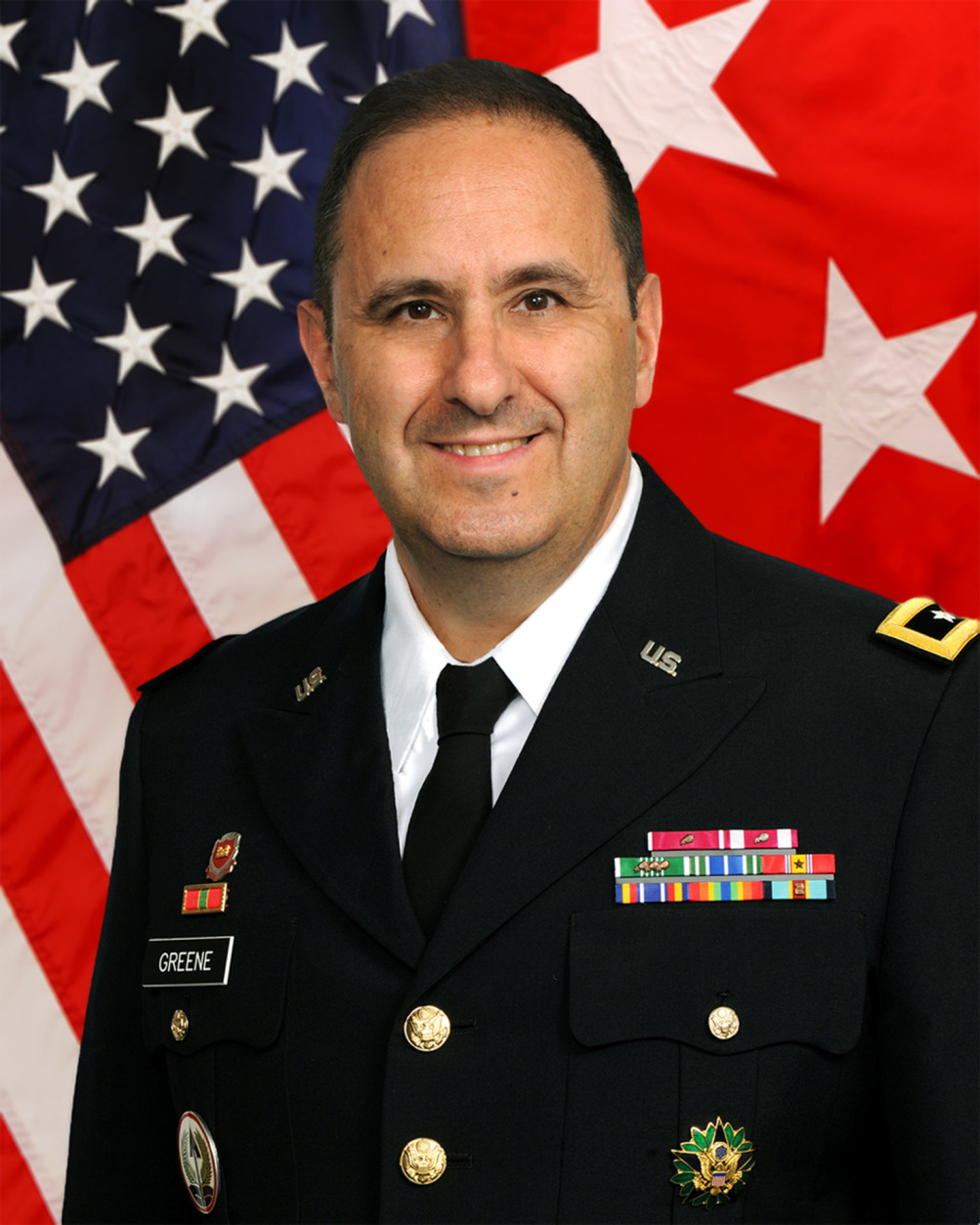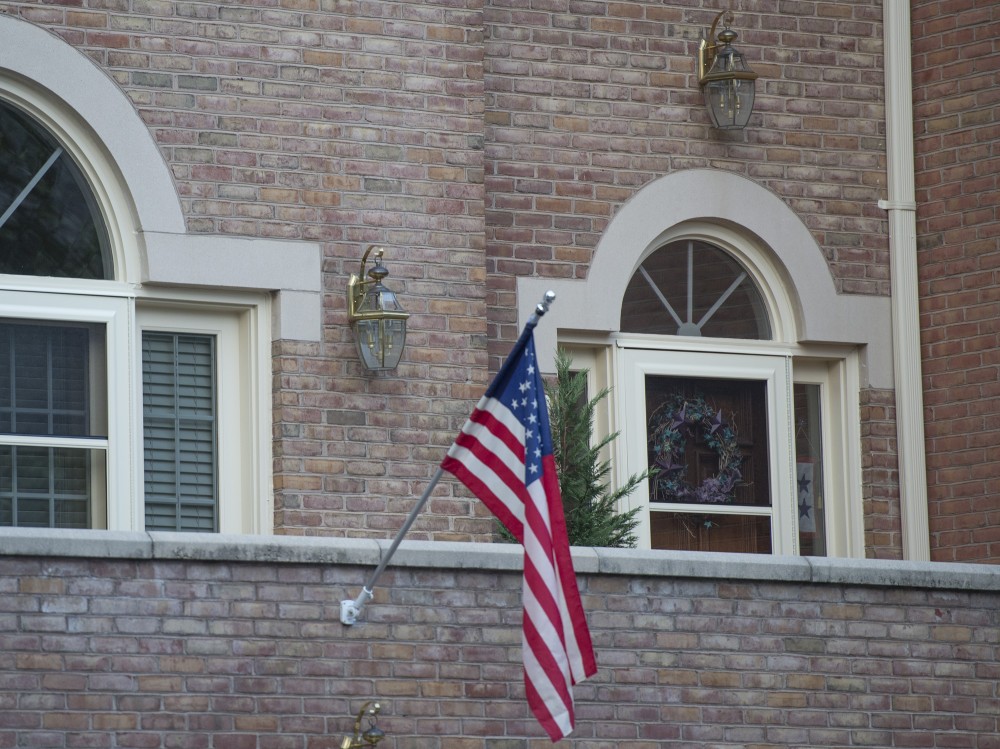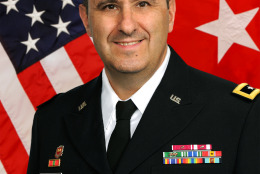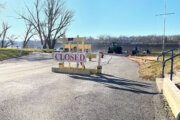



ROBERT BURNS
AP National Security Writer
WASHINGTON (AP) — Harold J. Greene, the two-star Army general who became the highest-ranking U.S. military officer to be killed in either of America’s post-9/11 wars, was an engineer who rose through the ranks as an expert in developing and fielding the Army’s war materiel. He was on his first deployment to a war zone.
Greene was killed Tuesday when a gunman believed to be an Afghan soldier opened fire at a military academy near Kabul. More than a dozen other coalition soldiers were wounded, including about eight Americans, according to early accounts of the attack. It was among the bloodiest insider attacks of the war in Afghanistan.
The Army’s top soldier, Gen. Ray Odierno, issued a statement Tuesday evening saying the Army’s thoughts and prayers were with Greene’s family as well as the families of those injured in the attack.
In a 34-year career that began at Fort Polk, Louisiana, Greene, a native of upstate New York, earned a reputation as an inspiring leader with a sense of humility. He had been in Afghanistan since January, serving as the No. 2 man in a unit called the Combined Security Transition Command, in Kabul.
At the time of the Sept. 11, 2001, terrorist attacks Greene was serving at Fort Leonard Wood, Missouri, and when the U.S. invaded Iraq in March 2003 he was a student at the Army War College in Carlisle, Pennsylvania, at the rank of lieutenant colonel.
Greene flourished in the less glamorous side of the Army that develops, tests, builds and supplies soldiers with equipment and technology. That is a particularly difficult job during wartime, since unconventional or unanticipated battlefield challenges like roadside bombs in Iraq and Afghanistan, call for urgent improvements in equipment.
In 2009-2011, for example, he served as deputy commanding general of the Army’s Research, Development and Engineering Command and senior commander of the Natick Soldier System Center at Aberdeen Proving Ground in Aberdeen, Maryland. During that tour of duty he gained the rank of brigadier general, and at his promotion ceremony in December 2009 he was lauded for his leadership skills and ability to inspire those around him.
Lt. Gen. Stephen Speakes applauded Greene for a “sense of self, a sense of humility” and an exemplary work ethic, according to an account of the promotion ceremony published by the Times Union of Albany, New York, which called Greene an Albany native.
“In every job I had we got things done that I think made our Army better, and it was done by other people,” Greene was quoted as saying. “All I did was try to pull people in the right direction and they went out and did great things.”
Greene and his wife, Susan, lived in the Washington suburb of Falls Church, Virginia, where neighbors recalled he would often go for morning runs, The Washington Post reported. The Greenes’ son Matthew also is in the Army and their daughter, Amelia, recently graduated from Binghamton University in New York.
Greene earned a bachelor of science degree in materials engineering and a master’s degree in industrial engineering, both from Rensselaer Polytechnic Institute in Troy, New York. He later studied at the University of Southern California and also attended the U.S. Army Command and General Staff College at Leavenworth, Kansas.
In 2010, he spoke at the opening of the Social Cognitive Networks Academic Research Center, a research facility at Rensselaer Polytechnic Institute with the mission of improving the Army’s understanding of social, information and communication networks, according to the Army’s account of the event.
“We’re in a fight now with an enemy that’s a little bit different and uses different techniques … and networks are a key part of that,” Greene said.
He said finding patterns in the tactics of insurgents was difficult because of the way networks evolve and otherwise change. So the goal was to bring to light the patterns and determine how to anticipate and influence the actions of insurgents.
“The enemy is every bit as good as we are at using that network to our detriment so this is essential work, this is about defending our country,” Greene said. “You must know that there is a direct application on the battlefield and we’re using it today, but we don’t really understand it yet so this is a critical element.”
His awards include the Legion of Merit, the Distinguished Service Medal, a Meritorious Service Award and an Army Commendation Medal.
___
Associated Press writer George M. Walsh in Albany, New York, and Monika Mathur at the AP News Research Center contributed to this report.
Copyright 2014 The Associated Press. All rights reserved. This material may not be published, broadcast, rewritten or redistributed.







